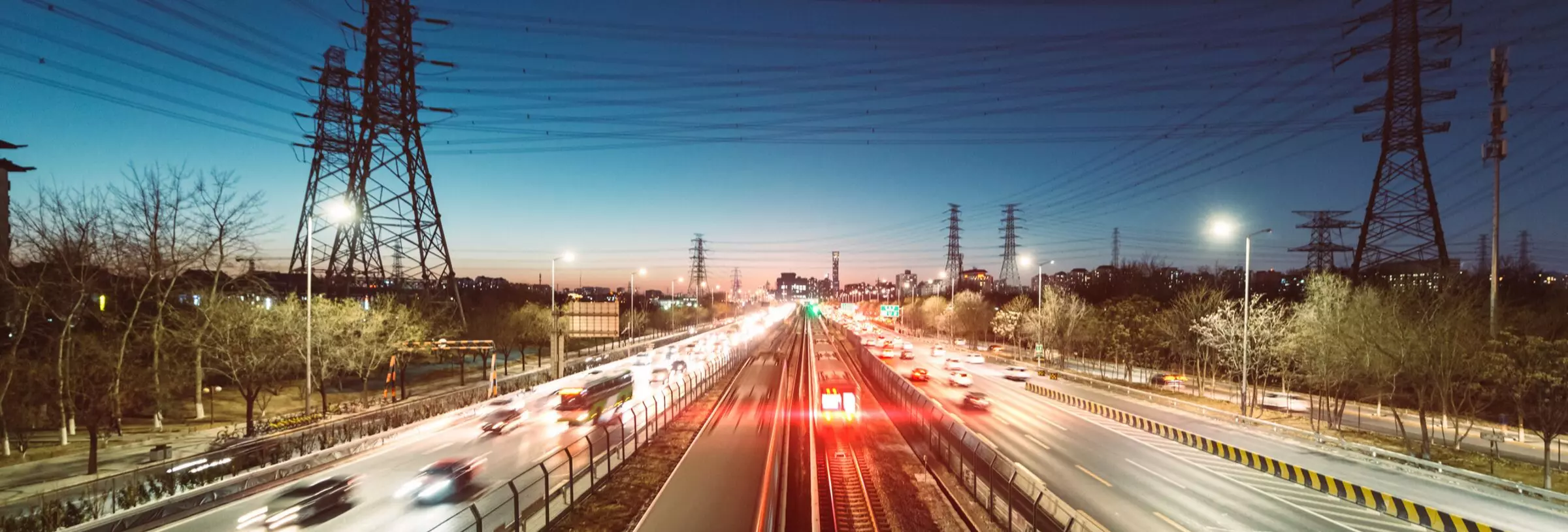
In California eminent domain cases, appraisers typically have relatively wide latitude in determining fair market value for the property to be acquired. However, there are certain rules they must follow, and when an appraiser violates those rules, the appraiser’s opinion may be completely stricken, leaving a property owner or a public agency with no valuation evidence. This is precisely what happened in a new unpublished California Court of Appeal decision, Solano Transportation Authority v. Anderson (2021 Cal.App. Unpub. LEXIS 2129), where the property owners’ appraiser relied on inadmissible evidence and attempted to introduce new valuation opinions after the expert exchange.
Background
In Solano Transportation Authority v. Anderson, the Authority filed an eminent domain action to acquire a narrow strip of land bisecting the owners’ 568-acre property in order to construct a water conveyance system. The owners claimed they had plans to develop the property as a mitigation bank which would generate income through the sales of environmental credits, and the Authority’s project conflicted with their plans.
As the matter approached trial, the parties exchanged expert valuation opinions. The owners’ appraiser determined just compensation was in the amount of $5.1 million (which was later updated to $3 million). The Authority’s appraiser determined just compensation was just $8,100.
The Authority filed motions in limine to exclude the owners’ appraiser for relying on (i) comparable sales that were acquired by public agencies, (ii) un-comparable sales data, (iii) the “developer’s approach” to value, and (iv) new opinions that were not part of the expert exchange. The court granted the motions, but reserved details depending on how evidence played out at trial. After trial commenced and additional motions were granted excluding the owners’ appraiser’s opinions, the parties ultimately stipulated to judgment at $8,100 (the Authority’s appraised value) so the owners could file an appeal.
The Appeal
The owners appealed whether the court properly excluded the owners’ appraiser’s opinions. The Court of Appeal determined that the trial court properly exercised its broad discretion in granting the motions in limine to exclude the owners’ appraisal testimony. Specifically:
- Motion Re: Comparable Sales by Public Agencies: the owners’ appraiser relied on comparable sales that were purchases by the Department of Water Resources (DWR) for mitigation purposes. The court determined such transactions were inadmissible under Evidence Code section 822, subd. (a)(1), which prohibits use of sales if the acquisition was for a public use for which the property could have been taken by eminent domain. The owners contended the acquisitions were voluntary transactions for mitigation purposes, and were not done under threat of eminent domain. Nevertheless, they were inadmissible because DWR could have used eminent domain to acquire the properties.
- Motion Re: Contract for Sale of “Turnkey” Mitigation Site: the owners’ appraiser relied on a comparable sale of a “turnkey” mitigation site that was fully entitled, approved, and permitted for mitigation banking purposes. The court determined that property was not comparable to the owners’ property, as the subject property was undeveloped and unpermitted, and was therefore the sale was properly excluded.
- Motion Re: Developer’s Approach Opinions: the owners’ appraiser attempted to value the subject property by determining the mitigation credits available, the retail price of those mitigation credits, and the likely income the property could generate through those credits, and then subtracted out the costs to achieve such credits based on a specific plan of development. The court excluded this valuation methodology as improper. Specifically, the developer’s approach or economic analysis approach involves valuing property based on a finished product (such as a housing tract), and subtracting out the costs to construct and entitle the property to arrive at a value. This approach, while regularly used by property developers, is inadmissible under California law as too speculative.
- Motion Re: Undisclosed Expert Opinions: after the expert exchange, the owners’ appraiser identified new damages opinions based on the taking of water rights. The court excluded such opinions, as both parties were required to exchange their expert witnesses and valuation data as of the expert exchange date. Absent special circumstances, if information was not included in the statement of valuation data, it cannot be presented at trial under Code of Civil Procedure section 1258.280.
Conclusion
Property owners and public agencies regularly have varying opinions on the just compensation to be paid for the taking of property for a public project -- particularly when it comes to severance damages. While appraisers have flexibility and latitude in the methods used to determine just compensation, eminent domain has special rules that exclude certain types of comparable sales data, certain valuation approaches, and data and information that is not timely or property exchanged. The Solano Transportation Authority case serves as a good reminder for property owners, public agencies, appraisers, and eminent domain attorneys on the importance of relying on admissible valuation evidence and complying with expert exchange requirements.
- Partner
Brad Kuhn, chair of Nossaman's Eminent Domain & Inverse Condemnation Group, is a nationally-recognized leader in the areas of eminent domain/inverse condemnation, land use/zoning and other property and business disputes. Brad ...
Eminent Domain Report is a one-stop resource for everything new and noteworthy in eminent domain. We cover all aspects of eminent domain, including condemnation, inverse condemnation and regulatory takings. We also keep track of current cases, project announcements, budget issues, legislative reform efforts and report on all major eminent domain conferences and seminars in the United States.
Stay Connected
 RSS Feed
RSS Feed
Categories
- Administration
- Appraisal
- California
- CLIMATE CHANGE
- CONGRESS
- Construction
- Court Decisions
- EPA
- Events
- Goodwill
- GOVERNMENT ADMINISTRATION
- Inverse Condemnation & Regulatory Takings
- Lawsuit
- New Legislation
- Possession
- Projects
- Public Agency Law
- Publications
- Redevelopment
- Regulatory Reform and Proposed Rules
- Right to Take
- Right-of-Way
- Seminars
- Speaking Engagements and Presentations
- trial
- Valuation
- Videos
- Water

